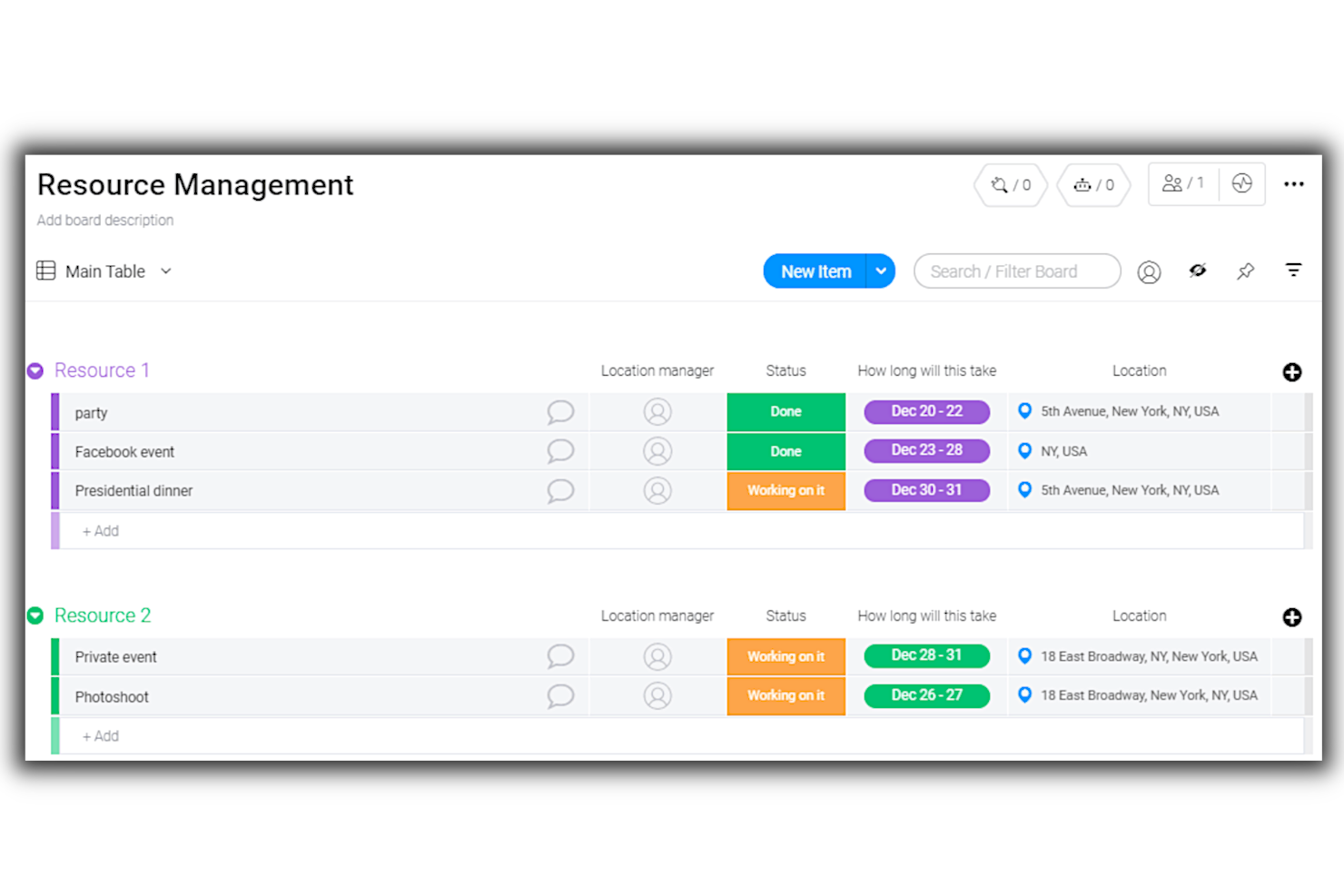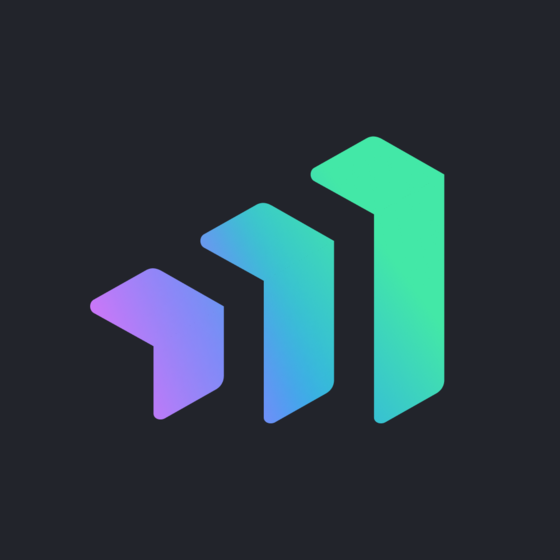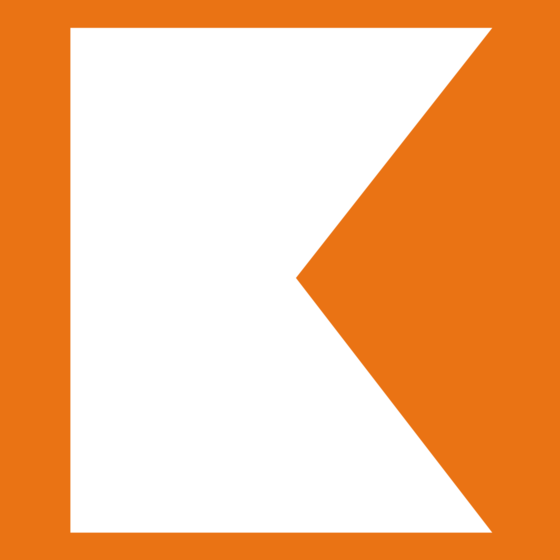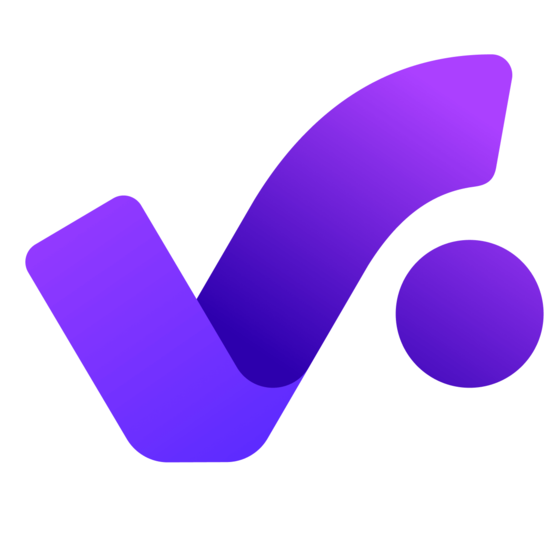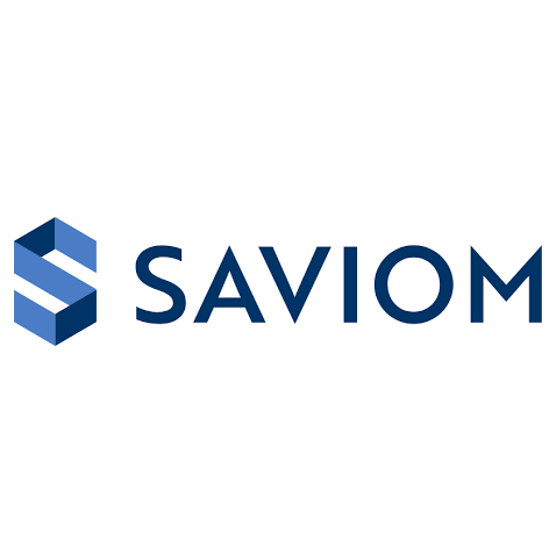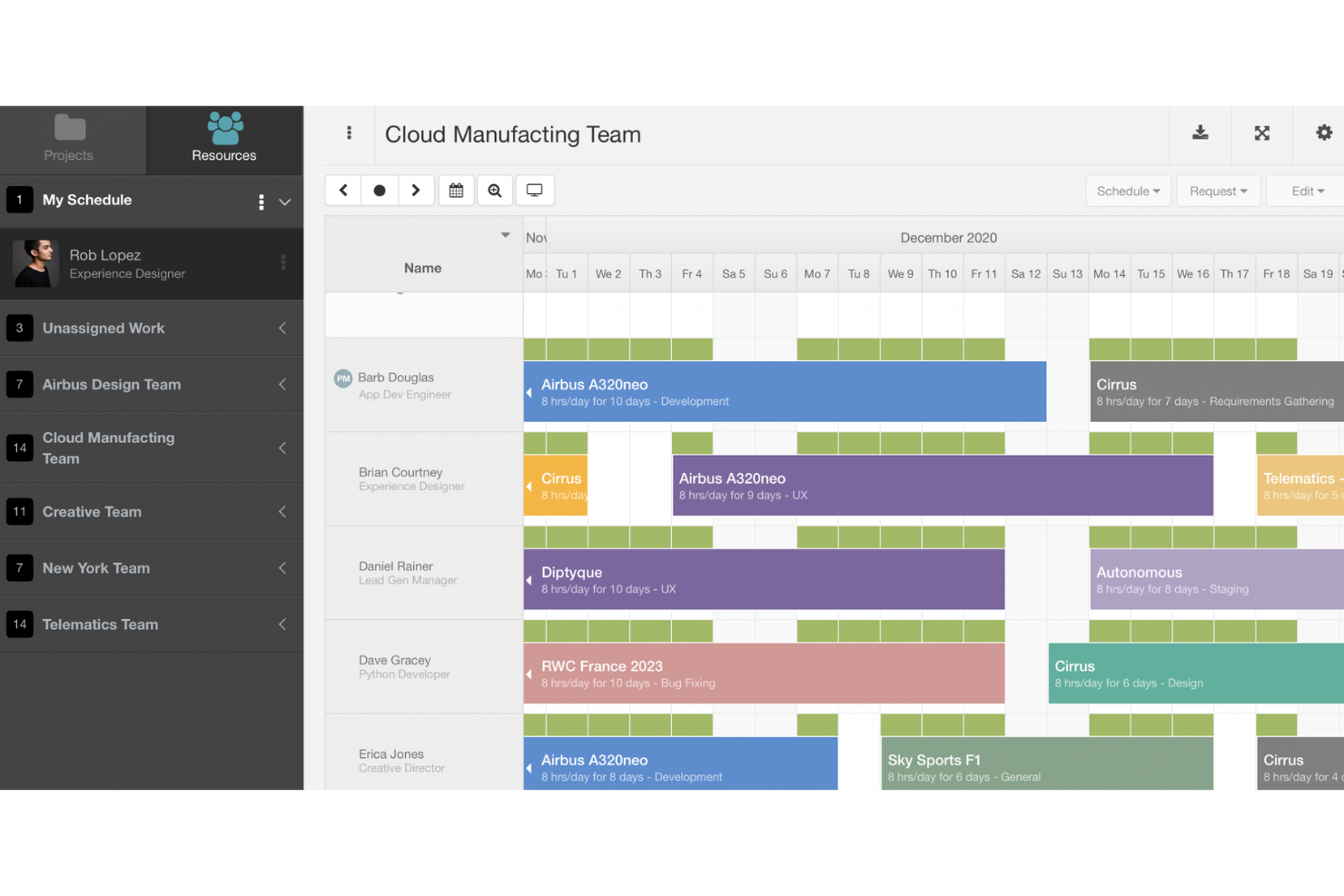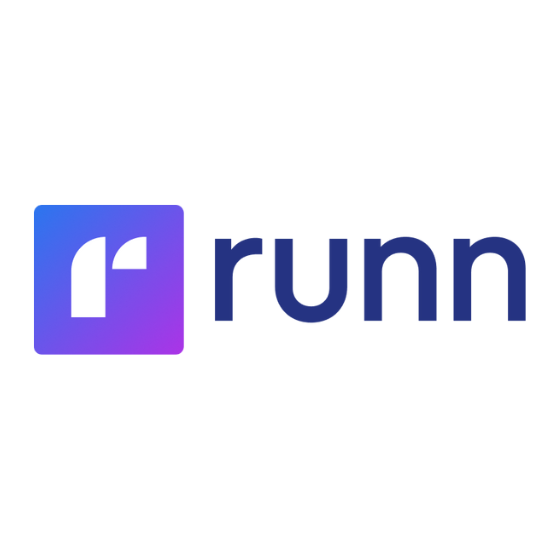10 Best Resource Allocation Software List
Here's my pick of the 10 best software from the 20 tools reviewed.
Get free help from our project management software advisors to find your match.
There are seemingly countless resource allocation software solutions available, so figuring out which is best for you is tough. You want to assess the availability and skills of your team members, allocate tasks based on individual strengths, and avoid overloading any particular team member, but need to figure out which tool is the best fit. I've got you! In this post I make things simple, leveraging my experience managing big, complex projects, and using dozens of different PM tools to bring you this shortlist of the best resource allocation software.
What is resource allocation software?
Resource allocation software is a specialized tool designed to help you effectively manage and distribute resources, including human resources, time, and equipment. This software lets you allocate resources to tasks, projects, or activities, based on project requirements, availability, and priority. It ensures that each resource is used optimally and that projects are completed efficiently.
You can use this software to assess the availability and skills of your team members, allocate tasks based on individual strengths, and avoid overloading any particular team member. Resource allocation software ultimately empowers you to balance workloads, enhance team collaboration, and maximize the efficiency of your project teams.
Overviews Of The 10 Best Resource Allocation Software
Here’s a brief description of each of the best resource allocation software on my list showing what it does best, plus standout features.
Best for businesses that need a wide selection of customization options
monday.com is a work management platform that specializes not just in project management but also in resource planning and allocation. Its Work OS is designed to streamline a wide variety of factors typically associated with projects and resource management, specifically workflows.
Why I picked monday.com: Its Work OS is equipped with several features that effectively address most of the resource management concerns many businesses deal with when managing multiple projects at varying complexities.
One of its main features is the resource management template, which features more than 200 selections. The resource management templates can be customized to provide users with a complete overview of their resources and how they are allocated and utilized. This kind of dashboard can also provide detailed information about the tasks that were assigned to specific individuals and the progress level of those tasks. This allows project managers to keep track of team member activities and the tasks they’re currently working on, resulting in more effective resource management.
Another key feature that works well with the resource allocation and management solution is the dashboard widget. monday.com is equipped with a highly customizable dashboard with widgets that can incorporate different boards for more comprehensive insights into the current resource status.
monday.com Standout Features & Integrations
Features include resource and project management, time tracking, collaboration, file management, collaborative docs and reporting dashboards.
Integrations include project management apps like Slack, Google Drive, Gmail, Google Calendar, Jira, GitHub, Trello, Dropbox, Typeform and many more, accessible via Zapier.
Best for balancing workloads and staffing allocations in real-time
ClickTime is a comprehensive resource allocation system that supports businesses in achieving smarter time management, greater profitability, and happier clients. It offers resource management, time tracking, time off management, project management, and expense tracking tools, among other functionalities.
Why I picked ClickTime: This software provides a capacity heatmap to help you visualize staff hours available and assigned at a glance. This allows you to keep on top of resource allocation in real-time while avoiding individual overloading and burnout. Customizable views help you grasp resource capacity by role, division, or employee.
The platform can also show team capacity up to 6 months out, helping you make smart resource management decisions ahead of time. This leads to better project staffing and profitability outcomes. All of these features help you schedule employee workloads, plan team sizes, and predict hiring needs effectively.
ClickTime Standout Features & Integrations
Features include cloud-based timesheets, billable and non-billable hours tracking, overtime tracking, single sign-on (SSO), project insights, budgeting, 70+ pre-built reports, and analytics tools.
Integrations include Sage, NetSuite, QuickBooks, Jira, BambooHR, HiBob, ADP, Zenefits, Salesforce, Hubspot, Zoho, Box, Google Drive, Slack, and task management tools like ClickUp. An API is also available to build custom integrations, and professional services can be provided to support that development.
Parallax is a resource planning and forecasting solution designed for companies of all sizes that need to increase utilization. The software enables teams to take advantage of predictive resourcing and active forecasting to unlock the potential for measured business growth, better revenue, and stronger margins.
Why I picked Parallax: Its predictive resource management software empowers you to optimize and analyze current supply and demand. Its resource planning tool helps assess planned capacity and resource requirements with a higher degree of certainty. You can effortlessly evaluate utilization, balance workloads, and match the right resources to the appropriate projects for optimal performance.
In addition, Parallax’s predictive resource management software enables you to allocate available resources and best-matched team members through advanced search tools and custom tagging. These functions help identify open project roles and determine the best resource match according to the skills required and when the work will occur. Project leads can also use such tools for allocating the most qualified team members based on available capacity. They can then update their resource plans and forecasts automatically.
Apart from resource allocation, Parallax also allows you to balance workloads and track time and resource capacity. The platform’s People alerts feature notifies you so you can act on the most immediate issues that may impact team engagement before those issues become serious and costly.
Parallax’s predictive resource management software is also capable of tracking team members who may be dealing with potential burnout, people who are over- or underutilized, as well as personnel who are simply overdue for a change. Balancing workloads across teams and projects can be difficult without the right solution.
Parallax Standout Features & Integrations
Features include billable capacity planning, resource forecasting, assignments, real-time workload adjustment, financial snapshots, and timesheet actuals.
Integrations include Hubspot, Harvest, Asana, Slack, MS Teams, Tempo, Salesforce, and Jira.
Wrike is a feature-rich project management tool with resource allocation capabilities that is highly configurable and allows you to fully customize dashboards, request forms, workflows, and reports.
Why I picked Wrike: You can uncover meaningful insights with the platform’s resource management and allocation feature, performance reporting, as well as its time-tracking tool. Wrike offers a level of visibility that enables you to maximize resources throughout the entire organization.
It features a basic but intuitive interface that allows users to easily switch between views, including interactive drag-and-drop Gantt charts, Kanban boards, lists, and conventional workload views, providing real-time resource management information at a glance.
Wrike also features a user-friendly interface and navigation system equipped with well-designed spaces, along with distinct tasks and folders. Users can simply toggle between the home screen and their calendars, timesheets, reports, and different dashboards. It even provides them with access to a stream for their messages and notifications. The cloud-based platform comes with a dedicated help center with interactive training features, user guides, videos, and other learning materials.
Wrike Standout Features & Integrations
Features include project management, task scheduling/tracking, resource management, expense tracking, budgeting, Gantt charts, marketing automations, collaboration support, and reporting.
Integrations include 400+ pre-built native integrations, including some of the most popular file management software from Microsoft, Google, and Dropbox, along with sales and marketing software from Salesforce and Marketo.
Kantata is a tool that’s easy to integrate into an existing software ecosystem. The software connects with a large number of third-party apps and add-ons that you can set-up with ease. This makes them a great choice for enterprises that have many SaaS and on-premise tools on-the-go and need them to speak together seamlessly.
Why I picked Kantata: The software has everything you need to plan for and respond to project demands. While specific views can give you information on how booked a resource is, other features let you bring to your projects people who have the right skills. The skills database will also give you information on skill gaps you have, so you can address them before they become a problem.
You can use Kantata to set the right level of project visibility for each of your team members, which means you can see the project’s budget or percentage of completion, but regular users can see fewer details. The software enables you to track different aspects of every project, making it easy to allocate the necessary resources to get the job done quickly.
Kantata’s time management solution is easy to use, and you can see which specific tasks demand more of your team’s time to better plan ahead.
Kantata Standout Features & Integrations
Features include built-in reports, custom reporting and trend analysis, resource management features like real-time utilization, resource forecasting and capacity management, and accounting tools like project costing, budget management, and invoicing.
Integrations include pre-built integrations with tools like Expensify, G Suite, Netsuite, Jira, Hubspot, Xero, Salesforce, Slack, Concur, Qualtrics, Dynamics 365, and Quickbooks. They also provide an integration platform called M-Bridge to help you build your own integrations.
Productive is an agency management system designed to help agencies and consultancies with their operations and profitability.
Why I picked Productive: You can use it to coordinate in-house resources with externalized services in actual time. They have simple graphs and charts that can chart multi-channel budgets and predict profitability week over week.
Productive has a good interface that’s easy to navigate. The software enables you to restrict your freelance collaborators' access to your projects and other digital resources without affecting their ability to track time.
This software enables you to forecast budget spend, track each project’s budget, and reallocate resources as you see fit.
Productive Standout Features & Integrations
Features include workload heatmaps to help you see who is overbooked, placeholders you can use to build upcoming work, scheduled time tracking, time-off management, and a skills database.
Integrations include HubSpot, Xero, QuickBooks, Google Calendar, Slack, Jira, Harvest, and Personio. They also have an integration with Zapier that you can use to connect to over a thousand additional apps. Finally, Productive's open API can help you build custom integrations with other tools in your tech stack.
Resource Guru is a budget-friendly resource planning software that’s perfect for small businesses that want to scale.
Why I picked Resource Guru: This tool gives you a fast and simple way to manage digital resources. You can see what resources are allocated to a certain project and identify potential bottlenecks or pain points that might come up so you can plan ahead.
The software’s interface is user-friendly and anyone can learn it quickly. The color scheme makes it easy to manage the right resources across different projects. Each member of your team gets an availability bar, so you can learn how many hours of work you can allocate at a glance.
Resource Guru Standout Features & Integrations
Features include resource scheduling, resource management, leave management, project scheduling, capacity planning, and forecasting reports.
Integrations include calendar apps like Slack, Asana, Trello, Salesforce CRM, Microsoft Office 365, Hub Planner, Basecamp, Outlook calendar, Calendly, and Google calendar. Thousands of additional apps are accessible through Zapier.
Saviom’s multidimensional resource scheduler helps you allocate the right resource to the right job at the right time. It provides a Gantt chart view of resources with easy drag and drop to facilitate real-time allocation and meet dynamically changing needs.
Why I picked Saviom: The tool offers advanced filters that help you view multiple resource attributes, such as skills, qualifications, experience, cost, etc, for an optimized allocation. It helps maintain an up-to-date skill inventory of resources across the enterprise. Further, the tool provides an automated resource-requesting system that helps maintain an audit trail and makes allocation seamless.
Forecasting and capacity planning helps bridge the demand vs. capacity gap in advance for timely allocation of competent resources. Utilization heat maps provides multidimensional view of under and overutilized resources allowing managers to take corrective measures to optimize the workforce.
Another unique functionality of Saviom is its open-seat feature, where you can publish open positions along with project details, and qualified resources can show interest in these tasks. This lets you select best-fit resources by considering their interests before allocation.
Further, the tool's bulk booking feature allows businesses to manage multiple allocations and make bulk scheduling changes quickly. The tool also provides different real-time Business Intelligence (BI) reports and role-based customizable dashboards to track and adjust resource allocations if necessary.
Another distinctive characteristic of Saviom is its modeling and simulation technique that allows you to prepare multiple project scenarios in a sandbox environment. This enables you to choose the most viable resource plan to facilitate successful allocation.
Saviom Standout Features & Integrations
Features include a multidimensional resource scheduler and planner, advanced forecasting and capacity planning, and real-time business intelligence.
Integrations include Outlook, Google, Salesforce, Jira, and custom integrations you can build using its data exchange framework.
Best for team scheduling, capacity planning, & requesting work
Hub Planner is a resource management tool that helps organizations schedule and allocate personnel, track time, and manage project workflows more efficiently.
Why I Picked Hub Planner: Hub Planner is an ideal tool for resource allocation as it provides managers with a detailed view of their team's availability, skill sets, and workload. The software's intuitive drag-and-drop interface allows managers to quickly and easily allocate team members to specific projects and tasks, while its advanced reporting and forecasting tools help to ensure that resources are being used efficiently and effectively. With the ability to track time spent on tasks and projects, managers can identify areas where resources are being over or underutilized and make adjustments as needed. Hub Planner's custom reporting and analytics tools enable managers to measure performance, identify areas for improvement, and make data-driven decisions about future resource allocation.
Hub Planner's capacity planning tools enable managers to optimize resource utilization by providing a comprehensive view of their team's availability and workload. The software allows managers to create and manage resource schedules, assign team members to specific tasks and projects, and monitor progress in real-time. With the ability to forecast future resource needs and identify potential bottlenecks, Hub Planner helps to ensure that teams are working efficiently and that projects are delivered on time and within budget. Additionally, the software's drag-and-drop interface and customizable reporting tools make it easy for managers to adjust schedules and make data-driven decisions about future capacity planning.
Overall, Hub Planner excels at resource allocation with intuitive drag-and-drop interface, robust scheduling and reporting tools, customizable dashboards, and seamless integration with other systems. I also appreciate the software's real-time collaboration features, which make it easy for team members to stay connected and communicate effectively.
Hub Planner Standout Features & Integrations
Features include resource management, PTO planning, timesheets, reporting, skills matching, task management, templates, drag and drop scheduler, project budgets, approval flow, smart scheduler, and third-party integrations/add-ons.
Integrations include DIY options via their Hub Planner API and webhook. Or, open an account with Zapier for more options (may incur an additional cost).
Runn
Best for real-time resource tracking, allocation and forecasting
Runn is a resource allocation and scheduling software with powerful visualization and analytics features. Its simple and intuitive interface makes it easy to keep track of who is assigned to what, spot overbookings, identify resourcing patterns, and more.
Scheduling allocations is incredibly easy in Runn. With a simple drag-and-drop, users can create project phases, resource allocations and time off. Unique to Runn are the real-time charts and scenario planning functionalities, which let users instantly see changes to workload, availability, and utilization in one place.
Runn’s built-in time tracking and timesheets let users monitor how their projects are going and compare how much time was worked with what was planned. Runn’s reporting and analytics provide up-to-date data in one place so users can keep tabs on insights like utilization, project variance, and overall financial performance.
Runn integrates with Harvest, WorkflowMax, and Clockify, and users can also use Runn’s API to build their own integrations.
Run offers a free 14-day trial. A freemium plan is available for companies of 5 or fewer people. For the Pro plan, Runn costs $10 per scheduled person per month. Annual and non-profit discounts are also available.
The 10 Best Resource Allocation Software Comparison Chart
Here is a table where you can compare all of the tools discussed in the overviews.
| Tools | Price | |
|---|---|---|
| monday.com | From $8/user/month (billed annually, min 3 seats) | Website |
| ClickTime | From $10/user/month | Website |
| Parallax | Pricing upon request | Website |
| Wrike | From $9.80/user/month | Website |
| Kantata | From $19/user/month (billed annually) | Website |
| Productive | From $11/user/month | Website |
| Resource Guru | From $3/user/month | Website |
| Saviom | Pricing upon request | Website |
| Hub Planner | From $7/user/month (billed annually) | Website |
| Runn | From $10 /person managed/month | Website |

Compare Software Specs Side by Side
Use our comparison chart to review and evaluate software specs side-by-side.
Compare SoftwareOther Options
Here are more options that did not make it to the top 10 but are worth looking at if you want to expand your research.
- BigTime
Best resource allocation software for managing time and expenses
- Anaplan
Best for scenario planning
- Forecast
Best for automating work distribution
- Toggl Plan
Best for managing multiple projects
- Teamdeck
Best for workload management
- Primetric
Best for IT service companies & digital agencies
- SAP Job Scheduling and Resource Allocation
Best for agile project management
- Tempo
Best for JIRA users
- NetSuite ERP
Best for advanced demand planning and forecasting
- Dayshape
Best for professional services firms
How I Picked The Best Resource Allocation Software
After carefully researching the most popular tools on the market, I selected the ones that made more sense in the context of resource allocation. I then drafted criteria that could be used to evaluate this type of software and help with a good evaluation method of the top tools out there.
What do I look for when I select the best resource allocation software? Here’s a summary of my evaluation criteria:
Project Staffing Features
I look for all the ways in which you can improve your project staffing experience. One of the features I focused on was the skills database. Knowing what your team is capable of can help select the best team for the job. Another one I love is placeholders. This helps you with resource forecasting by creating allocations for resources in specific roles and use that information to analyze if you have the talent required or need to look for it. It helps inform all stakeholders and set priorities.
Visual Allocation Indicators
I look for software that has a visual way of distinguishing resources that need your attention. Therefore, most of the software on this list uses some variation of color shading to show over and under allocated resources.
Integrations
Modern businesses rely on a multitude of apps to get the job done. A good resource allocation software has to integrate seamlessly with a lot of different apps to extend its functionality and act as a hub to a range of tools from your current tech stack.
Pricing
Since it most probably won't be the only tool you use, the resource management solution has to be affordable. I looked at current prices per month on a monthly plan and information on free trials, demos and anything that lets you test the software.
Resource Allocation Software FAQs
Find answers to common questions about this topic.
What is an FTE and how is it used?
FTE stands for Full-Time Equivalent, and it’s a unit of measurement that represents the total number of worked hours of a specific resource. This concept is often used in project management to quantify the total workload of a person, or a group of people, in terms of the equivalent number of full-time employees.
FTE is a valuable metric in resource planning. By knowing the FTE of each team member, project managers can estimate the total effort required for a project and allocate resources accordingly. This helps in preventing overloading or underutilizing team members.
The difference with team capacity is that team capacity is represented with a percentage and will have a maximum allocation of 100%, while an FTE allocation will range between 0 and 1.
What are the benefits of resource allocation software?
Resource allocation tools offer a wide variety of benefits. Most businesses use them to keep track of their digital resources in real-time, for resource scheduling, timesheet management, capacity planning, leave management, and more.
Resource management tools can help project managers, coordinate in-house team members, with freelancers, allowing them to estimate the total cost for the professional services offered.
Why is resource planning important for resource allocation software?
Resource planning or forecasting can help project managers estimate the resources required to complete a project. Being able to estimate how many hours a team would spend on a project can help determine a project’s budget, which can be of tremendous help during the sales process.
We have six more benefits to tell you about in our 6 reasons to use resource management software article.
What features should I look for when selecting resource allocation software?
- Project overview: You should be able to tell how many resources are assigned to a project at any given moment.
- Customization: No two projects are identical, so you should be able to customize the software to fit your particular needs
- Resource scheduling: Your resources are limited. You should be able to schedule how to best use your available resources on any given day.
- Time tracking: Your team’s time is valuable. Your team should be able to track billable time accurately to give you a clear estimate of a project’s total cost.
- Helpful reports: The software should provide helpful, detailed reports whenever necessary. You should be able to create reports for different metrics, such as profitability, hours worked, and billable time.
Which software is used for resource management?
Although resource management is used interchangeably with resource allocation, the second is a subset of the first. Software used for resource management sometimes goes beyond human resources. RM software handles equipment, spaces, money, and other resources relevant to projects.
The best resource management software includes monday.com, Wrike, ClickUp, and more.
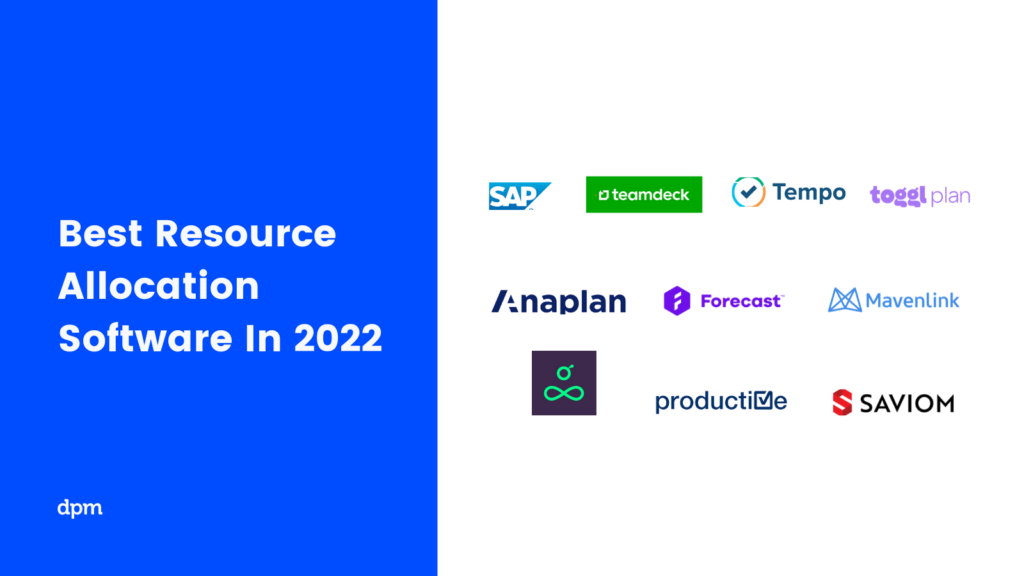
What's Next?
If you feel in need of best practices and methods, I recommend reading the 4 steps for effective resource allocation. If you are not convinced about how this software can help you and still want to use Excel, you can download a resource planning template to make that process a little less painful.
Related tool lists:
- Best resource management software
- Free Project Scheduling Software For PMs
- Time tracking software for companies
If you want to hear how other PMs handle resource allocation, new content we publish, and fun stories from our DPM community, subscribe to the Insider Membership Newsletter.




